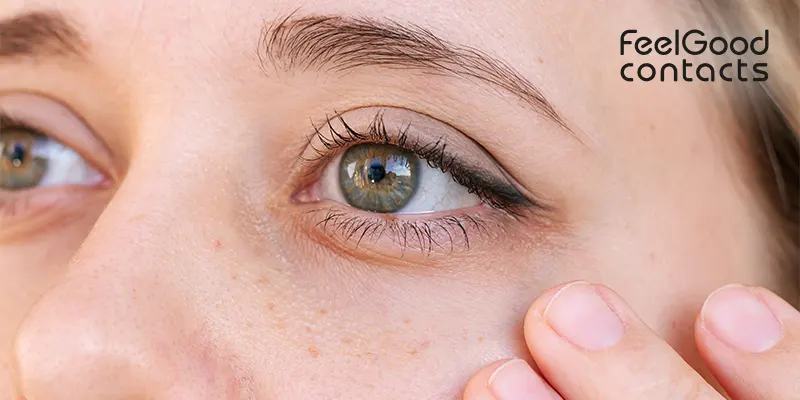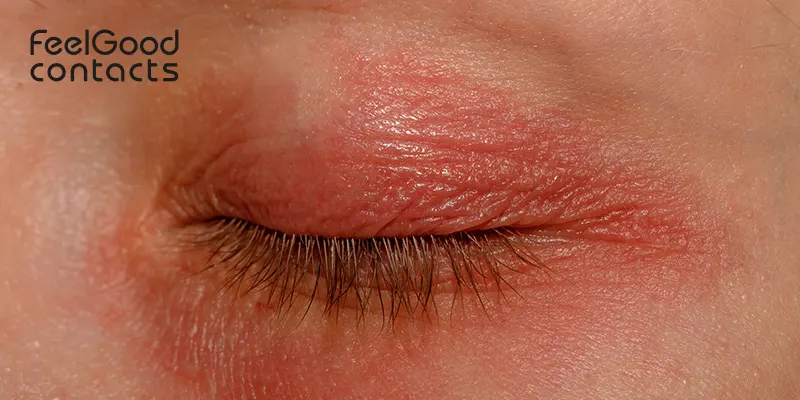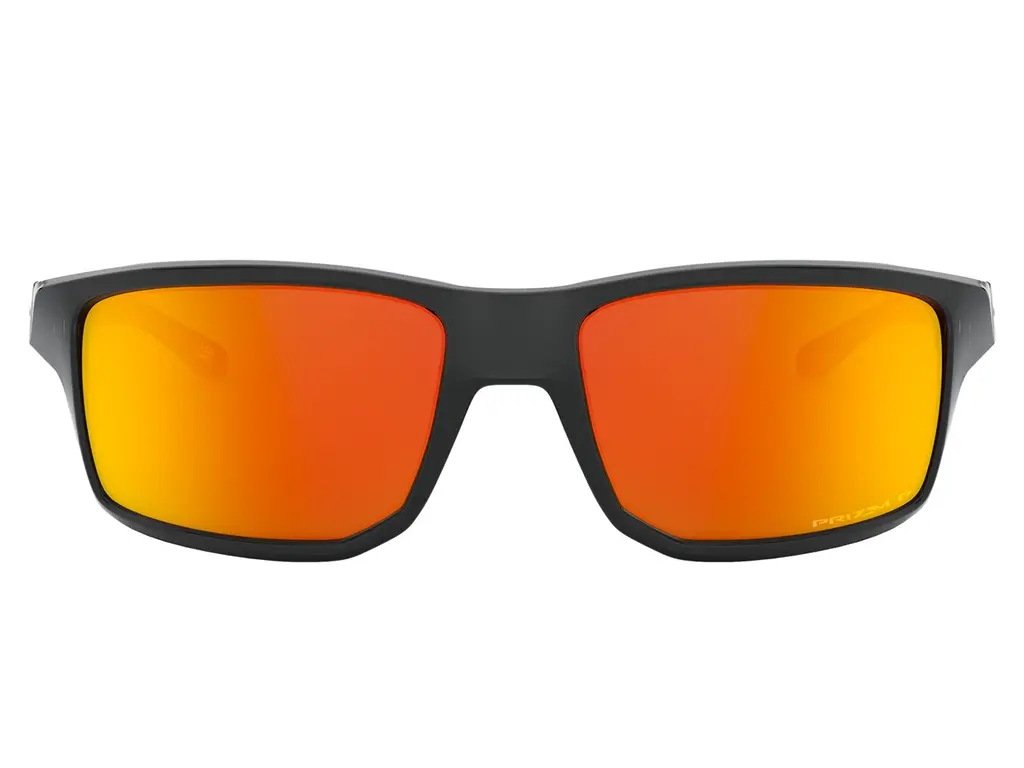Have you ever experienced a burning sensation in your eyes after spending a long day in the sun? This uncomfortable experience could be a sign of an eye condition called photokeratitis also known as sunburned eyes or snow blindness.
This eye condition primarily occurs when your eyes are exposed to UV radiation that comes from the sun or other artificial sources. So, if you have also experienced discomfort in your eyes after being out in the sun, this article is just what you need. Let’s learn about the causes and preventions of sunburned eyes but first, let's start with understanding photokeratitis.
What is photokeratitis (sunburned eyes)?
Overexposure to sun rays can cause sun damage to the eyes. This eye condition causes inflammation in the cornea (clear outer layer at the front of the eye) by damaging the delicate cells, resulting in redness and pain in your eyes. This damage can be temporary or permanent depending on how long have you been exposed to the UV rays. Sunburned eyes can affect different areas within the eye such as the retina, lens, conjunctiva and cornea.
Causes of photokeratitis
This condition can be caused due to different factors:
1. Direct sunlight exposure
Direct exposure to sunlight is the most common cause of photokeratitis, especially during the highest point of the sun when UV radiation can be the most intense. Although radiation can’t be seen with naked eyes, however, overexposure to UV rays can burn your skin and eyes.
2. Reflected UV rays
Surfaces such as water, ice, sand and cement can reflect back ultraviolet rays, which is a big factor in increasing UV exposure to the eyes. Did you know as per World Health Organization (WHO) snow can reflect back about 80% of UV rays, while surfaces like dry beach sand reflect about 15% and sea foam reflect about 25% of UV rays. Therefore, having no eye protection can potentially increase the risk of getting sunburned eyes.
In addition, while the sun can cause damage to your eyes in the summer, it can cause even damage in the winter. This is because UV rays still penetrate through the clouds and reflect off white snow, which can damage your eyes.
3. Artificial UV light
Sunburned eyes are not limited to natural sunlight, but it can also be caused by artificial sources of UV radiation. This includes, welding torches, tanning beds and sun lamps emitting UV radiation. However, wearing appropriate UV protection such as flash or mirrored lenses, goggles and helmets can help protect you from these damaging sources.
4. High altitude exposure
People who live or work at high altitudes are at greater risk of getting photokeratitis. This is majorly because the atmosphere at higher altitudes becomes thinner, permitting more UV radiation to reach the earth's surface.
5. Lack of UV-protected eyewear
Wearing sunglasses that look stylish is not sufficient, but they also need to be able to block the UV rays to protect your eyes and vision.
Symptoms of photokeratitis

Spotting the symptoms early and managing the condition can help prevent further complications. Here are some of the most common symptoms of sunburned eyes that people often ignore but could be early signs of this eye condition:
1. Pain and burning sensation
Pain and burning sensation in the eyes are one of the first signs of photokeratitis. You may experience severe pain and burning sensation in your eyes, quite similar to the feeling you get with skin sunburn.
2. Red or bloodshot eyes
In this symptom, your eyes may become red and irritated as the cornea gets inflamed from UV exposure, resulting in bloodshot eyes. You might also spot redness on other parts of your face.
3. Teary eyes
Watery or teary eyes are another symptom of photokeratitis. While experiencing irritation, the eyes can get a little more watery than normal, as it is the body's way of resolving the problem.
4. Blurred vision
Overexposure to UV rays can cause cloudy or blurry vision. It is recommended to immediately seek medical attention if you experience this symptom.
5. Sensitivity to bright light and halos
Sensitivity to bright light or photosensitivity is also an important symptom to be mindful of. You may feel pain or a burning sensation in your eyes or see halos when exposed to bright lights.
6. Discomfort in the eye
You might feel like there’s something stuck in your eyes or a gritty sensation, such as sand stuck in your eyes, making you uncomfortable.
7. Swollen eyelids
You might experience puffy eyelids, making it difficult to keep your eyes open.
8. Temporary vision loss
Temporary vision loss is also a symptom of photokeratitis. You may experience short term vision loss, which should usually resolve within 48 hours. Seeking medical advice is recommended for any concern regarding vision.
Tina Patel, Contact Lens Optician at Feel Good Contact, explained that vision loss related to photokeratitis is usually temporary. In severe cases or with repeated prolonged exposure to ultraviolet (UV) rays, it can lead to long-term damage, including vision loss. That’s why recognizing the symptoms early and seeking timely treatment is important for protecting your eye health.
Treatment for sunburned eyes

Sunburned eyes typically heal on their own within a day or two. But in the meantime, you can do the following things to ease your pain and support the healing process:
- Remove your contact lenses.
- Avoid rubbing your eyes.
- Apply a cool compress, such as Optase Cooling Mask.
- Use lubricating eye drops.
- Use pain relievers.
- Wear sunglasses with UV protection.
- Avoid salt water and chlorinated pools.
- Skip eye makeup.
Please note that longer UV exposure to eyes can cause severe photokeratitis. If you think your condition is getting worse, please seek medical advice immediately.
Ways to protect your eyes against the sun
1. Wear sunglasses with 100% UVA/B protection
Wearing UV-protected sunglasses is the best way to protect your eyes against both UVA and UVB rays. This helps shield your eyes from harmful sun rays and reduces the risk of eye damage.

 Offers
Offers Account
Account
 Favorite
Favorite
 Basket
Basket

 OFFERS
OFFERS




















